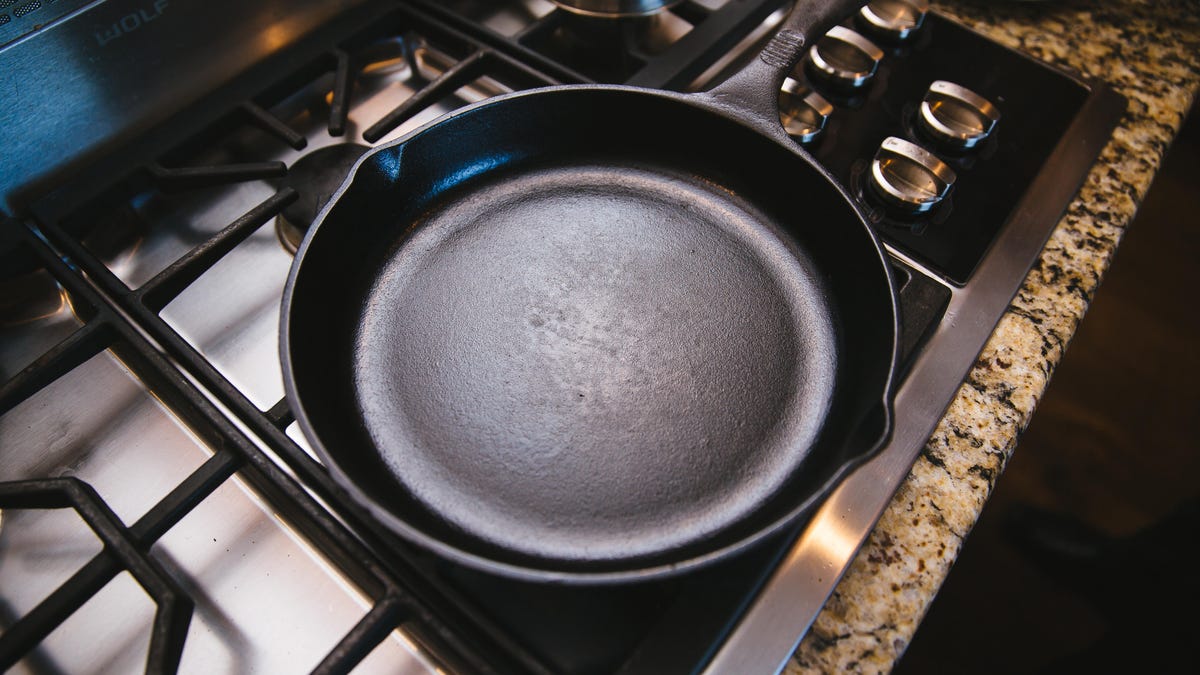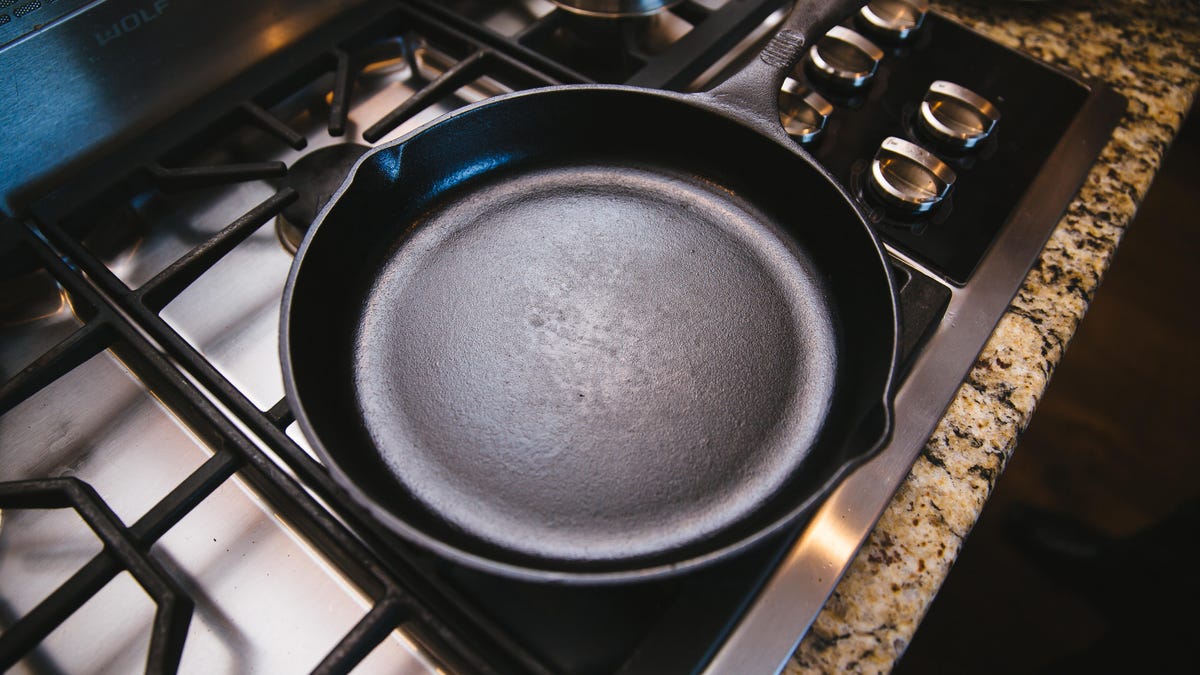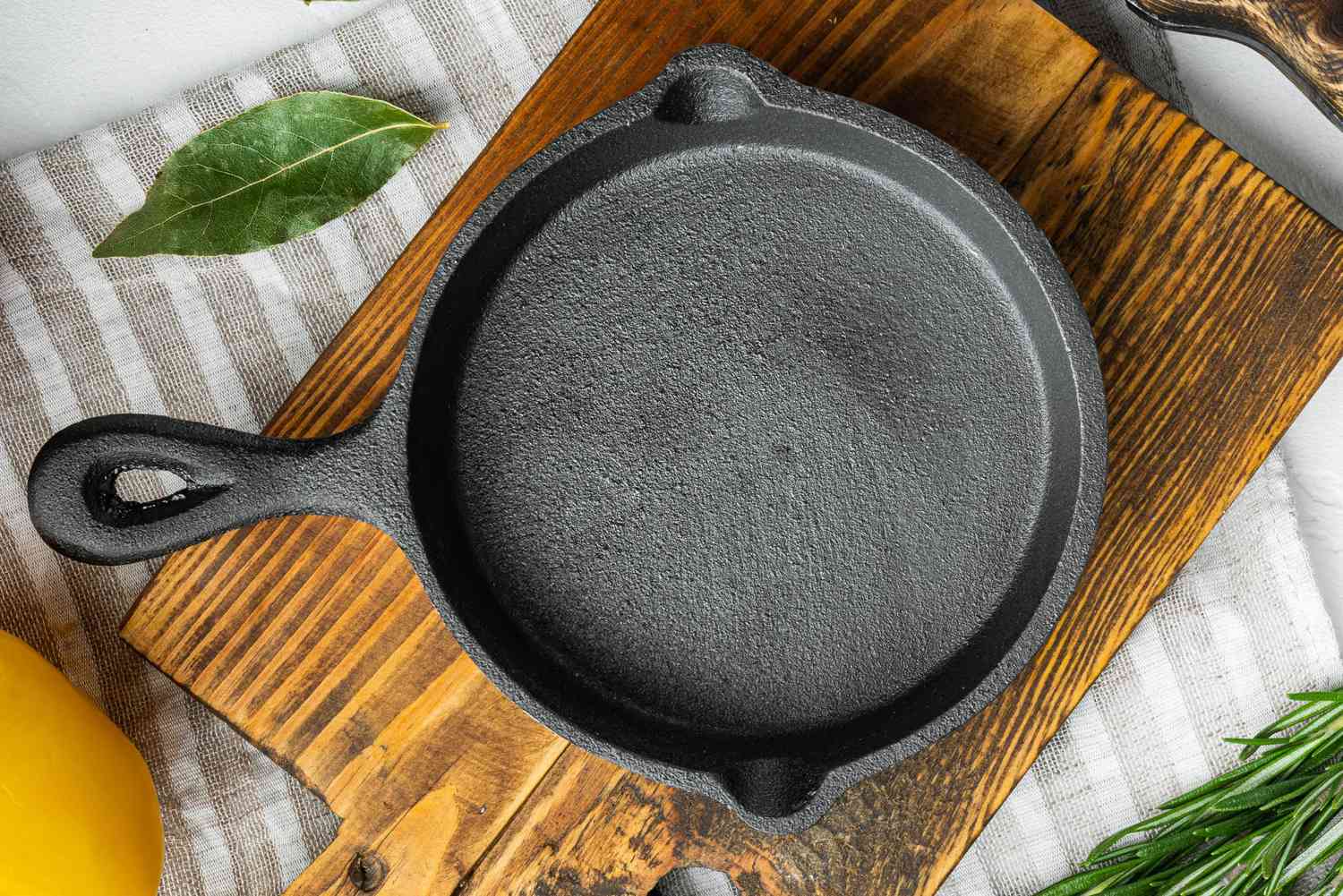If you're a cooking enthusiast, you might have wondered how to transform a stainless steel skillet into a nonstick pan. This skill can make a significant difference in your kitchen, especially when preparing delicate items like eggs or pancakes, which can often end up stuck to the surface, causing frustration. Fortunately, with the right approach, you can effectively utilize the metal's natural properties for a smoother cooking experience.
Stainless steel is renowned for its robust nature and excellent heat retention, but it requires some finesse to work effectively. In this guide, we'll walk you through detailed steps, handy tips, and useful insights that will help you turn your stainless steel cookware into a reliable nonstick ally.

Getting Familiar with Stainless Steel Cookware
Stainless steel is a top choice among cooks due to its strength and longevity. Before diving into the nonstick conversion process, it's crucial to understand its characteristics.
Why Opt for Stainless Steel?
The advantages of stainless steel make it a favorite for both amateurs and professionals:
- Durable: This material resists rusting and wear over time.
- Heat Distribution: It offers even heating, which is essential for various cooking techniques.
- Non-reactive: It wont chemically interact with acidic or alkaline foods, preserving their flavors.
The Mechanics of Nonstick Cooking
The tendency for food to stick often relates to temperature and moisture. When food hits a cold or inadequately heated skillet, its moisture can cause it to cling. Thus, heating with oil is key to achieving that nonstick effect.
Why Season Your Skillet?
One effective way to transform your stainless skillet into a nonstick pan is through seasoning. While often associated with cast iron, this technique can also be applied here. Seasoning helps create an oil layer that bonds to the skillet's surface.
Steps to Create a Nonstick Surface
If you want to achieve a nonstick finish on your stainless steel skillet, heres what to do:
Step 1: Select the Right Oil
Choose an oil with a high smoke point, such as avocado, canola, or grapeseed oil. These options work best for this method.
Step 2: Preheat the Skillet
Set your skillet over medium heat to preheat. Ensuring the pan reaches the right temperature before adding oil is crucial for effective bonding.
Step 3: Add the Oil
Once the skillet is sufficiently hot, pour in enough oil and swirl it around to cover the entire cooking surface.
Step 4: Allow for Smoking
Let the oil heat until it reaches its smoke point. This step is essential for building that coveted nonstick surface.
Step 5: Cool It Down
After the heating process, let the skillet cool naturally. Once cooled, wipe away any excess oil using a paper towel.
Keeping Your Nonstick Surface in Shape
Once youve seasoned your stainless steel skillet, maintaining its nonstick quality is vital.
Avoid Metal Utensils
Metal utensils can scratch and damage the surface of your skillet. Its best to use cooking tools made of silicone, wood, or plastic.
Regularly Re-season
Consider re-seasoning every few weeks to maintain and improve the nonstick properties.
Common Pitfalls to Watch For
Here are some frequent mistakes to avoid when perfecting your nonstick skillet:
Overheating the Skillet
Too much heat can warp the skillet and accelerate wear. Keep the heat steady at medium.
Using Too Little Oil
Using insufficient oil is a common error. Make sure to adequately coat the skillet for optimal results.
Frequently Asked Questions
Is seasoning my stainless steel skillet safe?
Absolutely! Seasoning is a safe method that helps create a protective layer on your cookware.
How often should I season my skillet?
You should consider seasoning every few weeks or whenever the skillet appears dull.
Can I use coconut oil for seasoning?
Coconut oil has a lower smoke point and may not be the best option. Stick to oils with higher smoke points for best results.

Additional Care Tips
In addition to seasoning, remember to clean your skillet properly after each use. A simple wash with hot, soapy water can keep it in excellent condition. For stubborn residue, you can find helpful tips on Food Network. They offer great guidance for cookware maintenance.
With proper care, your stainless steel skillet can become a trustworthy nonstick cooking tool. Follow these outlined methods, and soon youll be creating nonstick meals with ease!
As an Amazon Associate, I earn from qualifying purchases.






Leave a comment
This site is protected by hCaptcha and the hCaptcha Privacy Policy and Terms of Service apply.